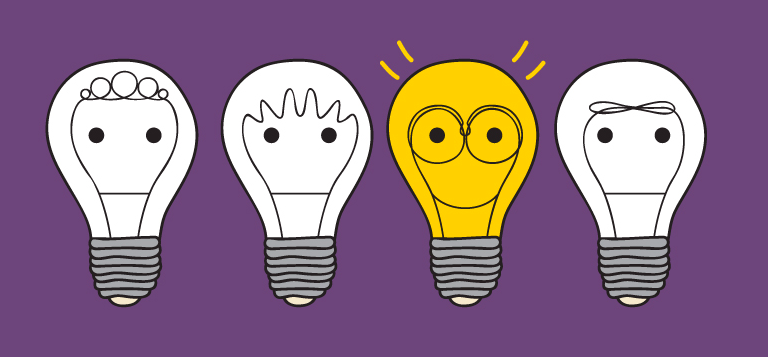Recently, a person has committed suicide and his caregivers were claiming his behaviour quite normal.
before the unfortunate incident. In another time, an occurrence of pandemic intensively affects our life and rapidly compels to live with a ‘new normal’ life style. Besides these situations, there are many reports which portray the lack of awareness about the pandemic among people even after 9 months of
sufferings, deaths in lakhs and daily advertisements about precautions; is it normal?The question has been aroused many times before and tried very hard to get a comprehensive definition of normality. These efforts were found to be prolific in many ways as it opened different dimensions of normality so that we can define it with considerations of these dimensions. The psychological dimension of normality is an extensive approach which includes various models to comprehend the ‘Normal’ and its deep-rooted insufficiency of comprehensiveness.
Medical Model considers normality as being ‘healthy’ which means a person is normal or her/ his behaviour is normal if s/he is healthy. In addition, the normal mental health is conceptualized just as absence of any psychopathology or mental illness. Surprisingly, the model defines and categorizes all the observed & investigated disorders or diseases but seems to be unable to define normality. Even if we consider this concept as true, we have to investigate & rule out every psychopathological symptom or psychiatric condition before declaring a person as mentally healthy. Anyways, at least this model directs us towards a category of people which needs to be well-comprehended.
Statistical Model refers normality as ‘average’ and explains the concept through normal distribution curve of population. It describes that the normal population or normal behaviour in a population lies between two standard deviations of the curve (68.26% approx.). The model depicts that any behaviour
is normal if majority of population follows & accepts it as normal. The rest part of the population or behaviour is considered as ‘abnormal’. Here the problem is that the model put a scientist with high IQ and a person with intellectual challenges into same category.
Social Model postulates that a person is normal if s/he is being observed with socially acceptable behaviour. This kind of behaviour may portray one side of normality but does not include distress at personal level.
There are many other models which postulate the normality by including their concerned areas while leaving unattended other aspects. The problem can be solved with a comprehensive consideration of all of these models as per individual convenience. The normality can be perceived with certain characteristics within an individual such as awareness of reality & self, confidence & acceptance of self-efficacy, ability to control behaviour, cordial relationships and productive & goal-directed behaviours. The general terms of normality still needs to be explored in bio-psycho-social perspective.
About the Author.
Mr Abhishek Tiwari, is a counselling psychologist with 8 years of experience in mental health practice. Mr Abhishek an expert in performing psychological assessments and counseling of individuals of all age groups and various mental health conditions ranging from general psychological problems to psychiatric conditions.

